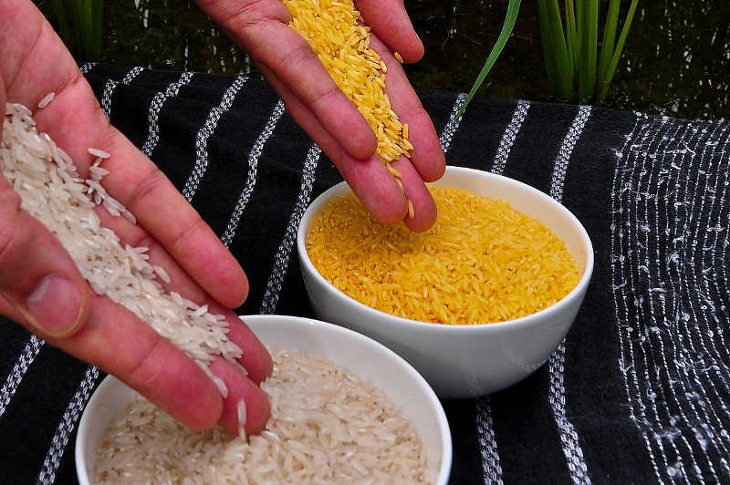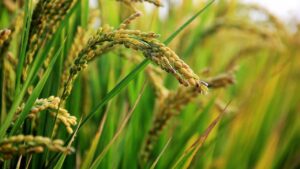In 2017, Health Canada received a submission to allow the sale of a variety of rice, called Provitamin A Biofortified Rice Event GR2E (Golden Rice). This genetically modified rice variety has higher levels of provitamin A and is intended to be sold in countries where diets are typically low in vitamin A. GR2E rice will be grown commercially in major rice-producing regions, primarily in Asia. The International Rice Research Institute (IRRI) has indicated that this product is not intended to be sold in Canada at this time.
In order to determine whether this rice variety could be sold in Canada as food, the scientists at Health Canada conducted a scientific assessment that ensured that GR2E rice is safe for consumption, that the increased provitamin A levels posed no risk to Canadian consumers, and that it still had all its nutritional value. Our scientists also needed to assess how GR2E was developed and whether it can be toxic or cause allergic reactions. The ability of the GR2E rice in helping vitamin A deficiency in affected populations was not evaluated.
Scientists with expertise in molecular biology, microbiology, toxicology, chemistry and nutrition conducted a thorough analysis of the data and the protocols provided by the applicant to ensure the validity of the results.
Following this assessment, it was determined that the changes made in this rice variety did not pose a greater risk to human health than rice varieties currently available on the Canadian market. In addition, Health Canada also concluded that GR2E would have no impact on allergies, and that there were no differences in the nutritional value of GR2E compared to other traditional rice varieties available for consumption except for increased levels of provitamin A.
Health Canada’s assessment of GR2E was conducted according to the Guidelines for Safety Assessment of Novel Foods. The approach taken by Health Canada in the safety assessment of GM foods is based upon scientific principles developed through expert international consultation over the last 20 years with agencies such as the World Health Organization (WHO), the Food and Agriculture Organization of the United Nations (FAO), and the Organization for Economic Co-operation and Development (OECD). The approach taken by Canada is currently applied by regulatory agencies around the world in countries such as the European Union, Australia/New Zealand, Japan, and the United States.












